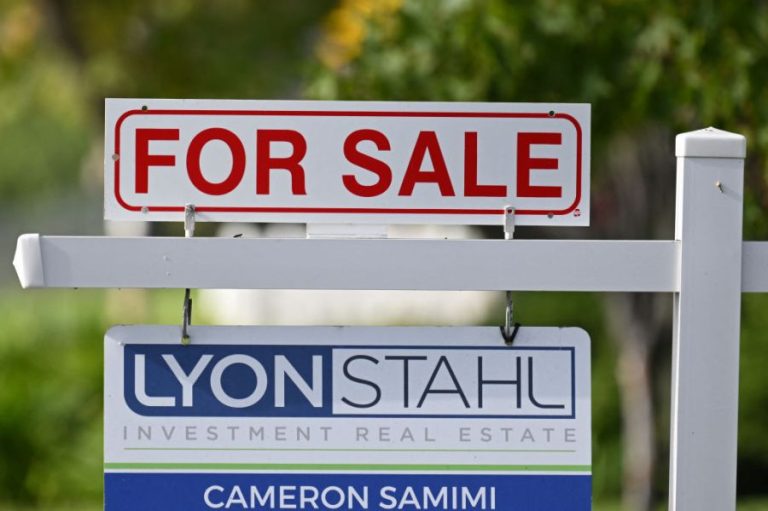(NewsNation) — After years of sellers calling the shots, buyers are regaining leverage, with home price growth now trailing inflation.
The national S&P Cotality Case-Shiller home price index increased 1.5% in August from a year earlier, the weakest annual gain in more than two years, according to data released this week.
That’s welcome news for prospective buyers who have been up against record prices and elevated mortgage rates but less so for homeowners watching their real equity erode.
Here’s when housing costs could return to ‘normal’: Redfin
“With price growth running at half the rate of inflation and several major markets in decline, the rapid appreciation of recent years has clearly ended,” Nicholas Godec, head of fixed income tradables & commodities at S&P Dow Jones Indices, said in a statement.
The slowdown is a result of affordability challenges that have continued to weigh on buyer demand, limiting transaction activity.
But as always in real estate, the story varies from city to city
Godec said the markets that experienced the sharpest pandemic-era gains are now seeing the steepest corrections.
Mortgage rates near 3-year low ahead of Fed rate-cut decision
Tampa posted the weakest performance of the 20 cities measured, with home prices down 3.3% from a year earlier. Prices in Miami and Phoenix also declined, each falling 1.7%.
The report adds to evidence of a Sun Belt slowdown, where prices have eased in part due to a surge in new construction. Several Florida markets are also contending with rising insurance costs, higher HOA fees and concerns about natural disaster risks.
On the other end of the spectrum, home prices in New York City (+6.1%), Chicago (+5.9%) and Cleveland (+4.7%) have outpaced inflation over the past year.
“Looking ahead, the housing market appears to be finding a new equilibrium after the pandemic boom,” Godec said.
It’s unclear whether easing price pressures will be enough to spark new demand. Mortgage rates may matter more.
The average rate on a 30-year mortgage slipped to 6.17% on Thursday — near its lowest level in three years, according to Freddie Mac data. Buyers could get even more relief after this week’s Fed rate cut, though that’s not guaranteed.
Even if rates fall further, many may find it hard to celebrate, given that just four years ago, sub-3% mortgages were the norm. But those days aren’t coming back anytime soon.

